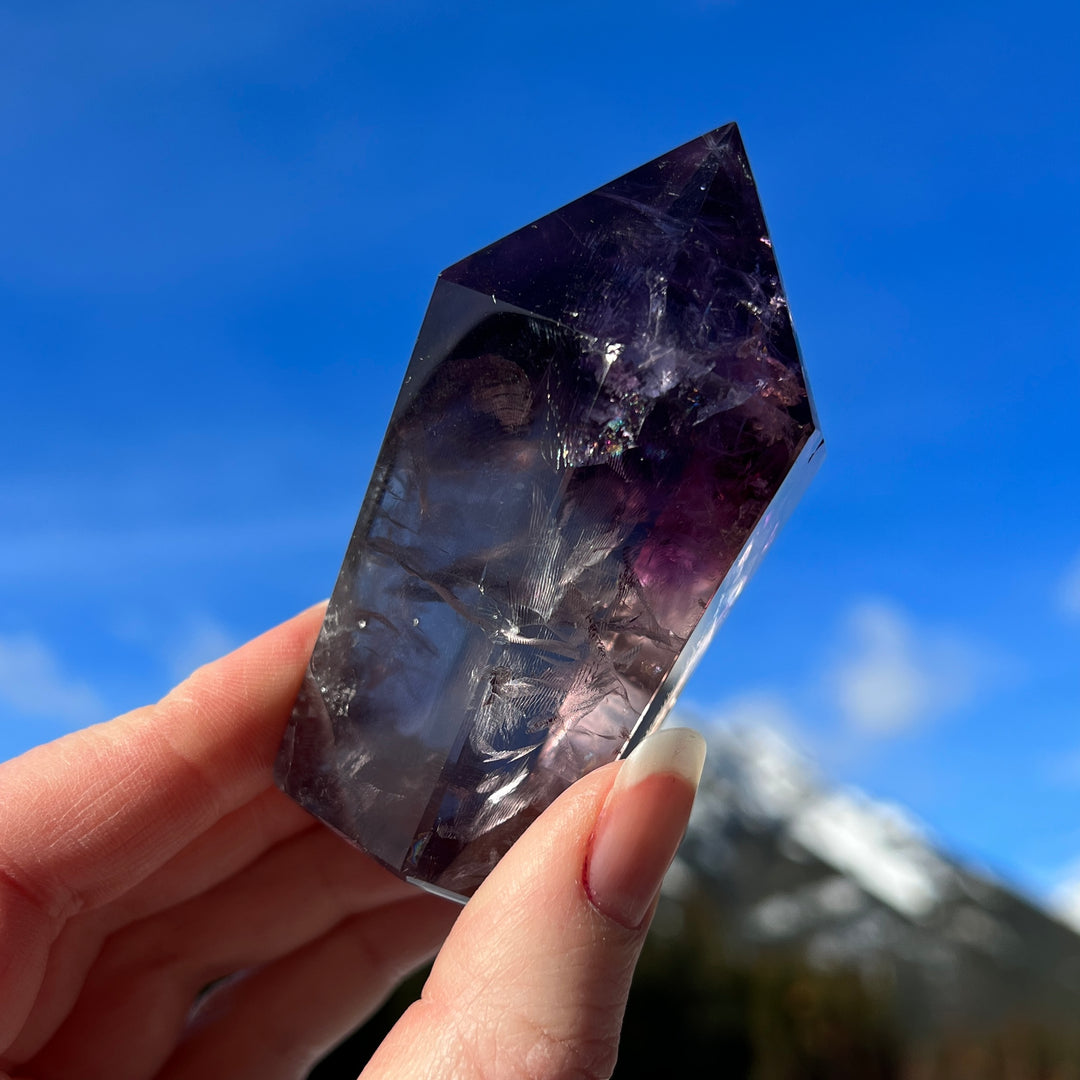Aletai Meteorites
Aletai meteorites were discovered in 1898, in the Aletai region of the Xinjiang Province of China. The Aletai meteorite's strewn field (the area of which a meteorite is distributed after a fall) is approximately 430 kilometers, which is the largest strewn field known to date. Interestingly, scientists believe that this large strewn field is because the meteorite’s shallow angle of entry and trajectory of the fall created an effect similar to skipping a stone over water. This is highly unusual for meteorites, and studies on this could produce a similar effect in other incoming meteorites, potentially using the long-duration dissipation of energy to prevent a catastrophic meteorite impact on Earth.
The aletai meteorite is classified as a Type III-an iron meteorite, which is also known as a medium Octahedrite. This means that the mineral kamacite is oriented parallel to the sides of an octahedron, with the intervening spaces filled with taenite. This composition gives the meteorite a unique crystallization pattern known as the Widmanstatten crystal structure. These lines are shown as a unique etched pattern on the meteorite. This pattern is the result of the meteorite cooling in outer space over billions of years. When cut and etched with acid, you can see the unique beauty of these markings, as no two meteorites boast patterns exactly alike.













